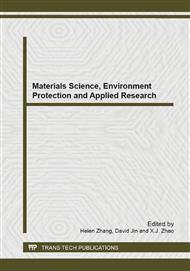p.521
p.526
p.531
p.535
p.539
p.543
p.547
p.551
p.555
Applied-Information Technology and Parallel Learning Rules in Intelligent Control System
Abstract:
This paper applied information technology and takes the exploratory action or state transfer formed experiences of control system as the basis, in the unsupervised condition obtaining planning and controlling rules from experiences as the control knowledge. In learning process, experiences will deduce to rules, then generate high-level concepts or rules, constitute multi-resolution knowledge architecture. In the experiment, mobile robot effective learning and planning system state and action control in quasi-optimal manner based with random experiences.
Info:
Periodical:
Pages:
539-542
Citation:
Online since:
March 2014
Authors:
Price:
Сopyright:
© 2014 Trans Tech Publications Ltd. All Rights Reserved
Share:
Citation:


